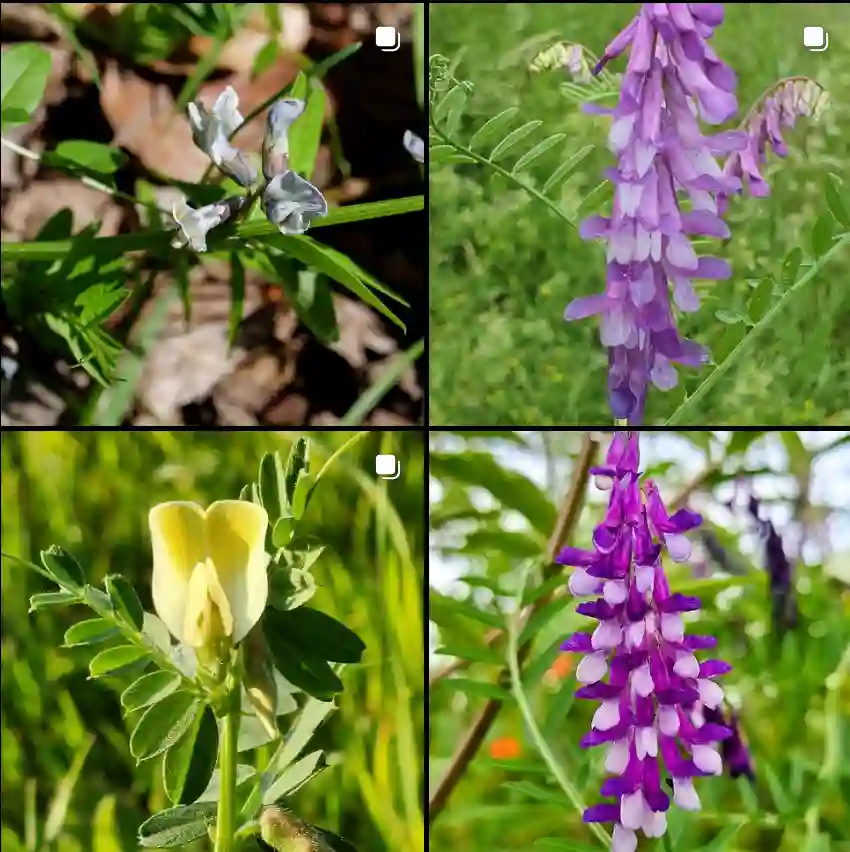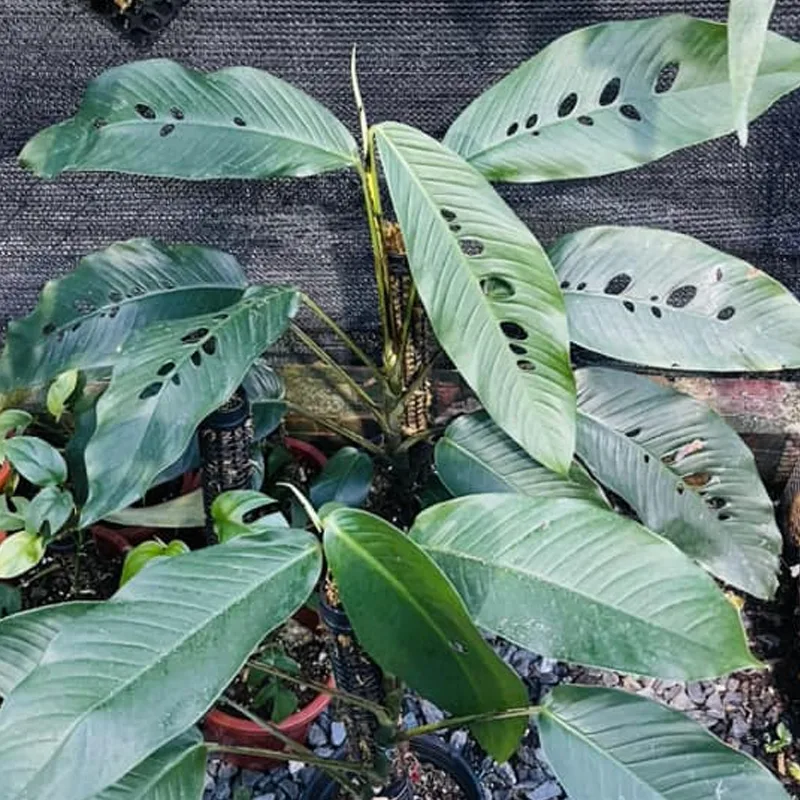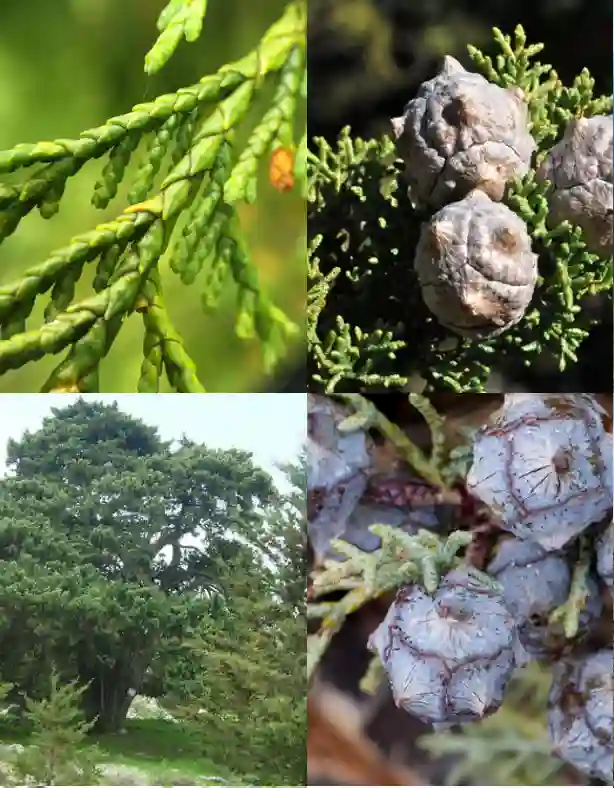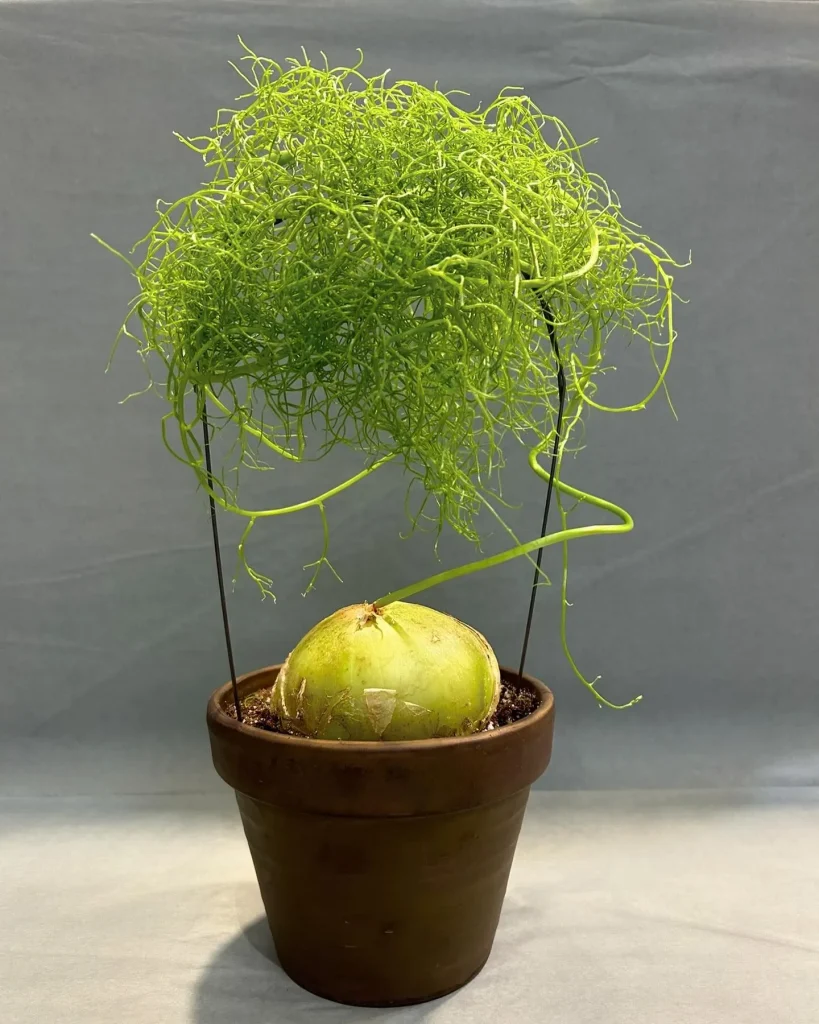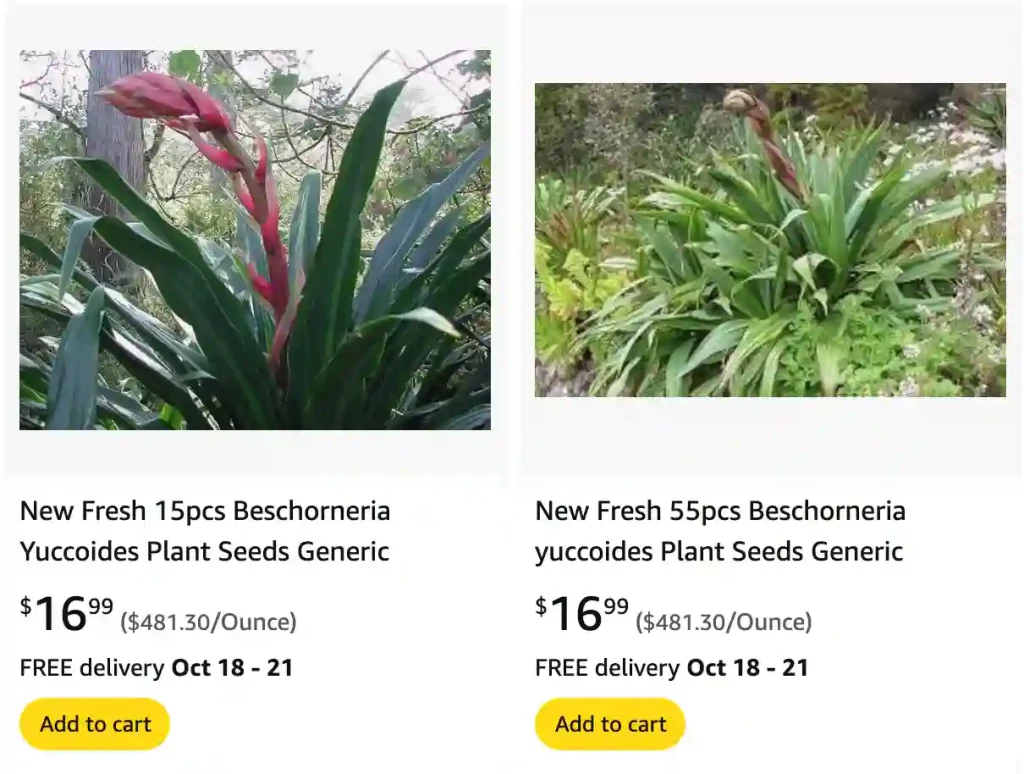
Frequently Asked Questions about the Beschorneria Genus
If you’re like me, fascinated by unique and eye-catching plants, you’ve probably come across the Beschorneria Genus at some point. Native to Mexico and Central America, these stunning succulents are increasingly popular in gardens worldwide due to their striking appearance and low-maintenance needs. I want to answer some of the most common questions about these plants based on my personal experiences.
What is the Beschorneria?
The Beschorneria Genus belong to the Asparagaceae family, consists of a group of succulent perennials known for their rosette-shaped, fleshy leaves and tall flower spikes that produce vibrant, tubular blooms. The most well-known species include Beschorneria yuccoides and Beschorneria septentrionalis. These plants resemble agaves, though they tend to be softer and more flexible, making them a great alternative for people who love agave’s look but prefer something less rigid.
Beschorneria species
- Beschorneria albiflora Matuda
- Beschorneria calcicola García-Mend.
- Beschorneria dubia Carrière
- Beschorneria rigida Rose
- Beschorneria septentrionalis García-Mend.
- Beschorneria tubiflora (Kunth & C.D.Bouché) Kunth
- Beschorneria wrightii Hook.f.
- Beschorneria yuccoides K.Koch
How to Care for Beschorneria?
One thing I love about Beschorneria plants is how easy they are to care for. Here’s what works for me:
- Light: These plants thrive in full sun but can tolerate partial shade. I usually plant them in a spot where they get at least 6 hours of direct sunlight.
- Soil: Well-draining soil is key. I mix sand or perlite into my garden soil to ensure that water doesn’t accumulate around the roots.
- Watering: Beschorneria plants are drought-tolerant, so be careful not to overwater them. I water mine deeply but infrequently, allowing the soil to dry out between watering.
- Temperature: Since these are native to warmer climates, they do well in temperatures above 50°F (10°C). They can handle mild frost, but extreme cold can damage the leaves.
- Fertilizer: I usually feed them once a year with a slow-release, balanced fertilizer in the spring. They don’t need heavy feeding to thrive.
How to Propagate Beschorneria?
If you’re into propagation like I am, Beschorneria can be propagated either by seed or by offsets (pups).
- Offsets: This is the method I prefer because it’s faster and more reliable. When the plant produces small pups around the base, I gently remove them and replant them in well-draining soil. Within a few months, they’ll establish roots.
- Seeds: Propagating from seed takes longer but is an option. The seeds need to be planted in a warm, bright area, and kept moist until they germinate. This could take several weeks.
What to Plant with Beschorneria?
Beschorneria pairs beautifully with other drought-tolerant plants in a garden setting. I often plant mine alongside Agave, Yucca, and Echeveria for a bold, architectural look. If you’re looking for something a bit softer, ornamental grasses like Festuca glauca also complement Beschorneria well, adding texture and contrast.
Is Beschorneria Toxic?
One of the great things about Beschorneria is that it’s non-toxic to both humans and pets. If you have curious kids or animals like I do, this is a big plus. You don’t have to worry about them getting sick from nibbling on the leaves.
Benefits of Growing Beschorneria
There are several reasons why I love growing Beschorneria:
- Low Maintenance: These plants require very little care once established, which is perfect for someone like me who doesn’t have hours to spend on garden upkeep.
- Drought Tolerance: Beschorneria thrives in dry conditions, making them ideal for xeriscaping or low-water gardens.
- Unique Appearance: The combination of fleshy rosettes and tall flower spikes makes them a striking addition to any garden. When in bloom, their red or pink flower stalks attract hummingbirds and other pollinators.
- Soil Stabilization: Their thick roots help stabilize the soil, which can be beneficial in erosion-prone areas.
Common Problems with Beschorneria
Though Beschorneria is generally hardy and resistant to pests, there are a few problems I’ve encountered:
- Root Rot: This is the most common issue, usually caused by overwatering or poor drainage. The leaves may turn yellow and soft. To prevent this, always ensure the soil drains well, and don’t let water sit around the roots.
- Sunburn: Although they love the sun, younger plants can sometimes get sunburnt if exposed to intense sunlight too quickly. If this happens, the tips of the leaves may become brown or crispy. I recommend gradually introducing them to more direct sunlight.
Beschorneria vs Agave: How Do They Compare?
At first glance, Beschorneria and Agave might look similar, but there are key differences. I have both in my garden, and here’s what I’ve noticed:
- Flexibility: Beschorneria leaves are softer and more flexible than the rigid, spiny leaves of agaves. This makes Beschorneria more suitable for gardens where you want a gentler aesthetic.
- Cold Tolerance: While Agave tends to be more cold-hardy, Beschorneria can handle frost better than expected, though they still prefer warmer climates.
- Flowering: Both plants send up tall flower spikes, but Beschorneria’s blooms tend to be more colorful and attract more pollinators, which adds extra appeal to your garden.
Are There Any Similar or Confused Species?
Many people confuse Beschorneria with Furcraea, another succulent with rosette-shaped leaves. While they look alike, Furcraea leaves are more rigid and typically have sharper edges. Beschorneria is also mistaken for smaller Yucca species, but the key difference lies in the flexibility of the leaves and the structure of the flower spikes.
In conclusion, the Beschorneria Genus is an excellent choice if you’re looking for a striking, low-maintenance, drought-tolerant plant. From its stunning blooms to its ability to thrive in tough conditions, Beschorneria is a rewarding addition to any garden. With proper care, it will provide beauty and interest for years.
If i die, water my plants!
